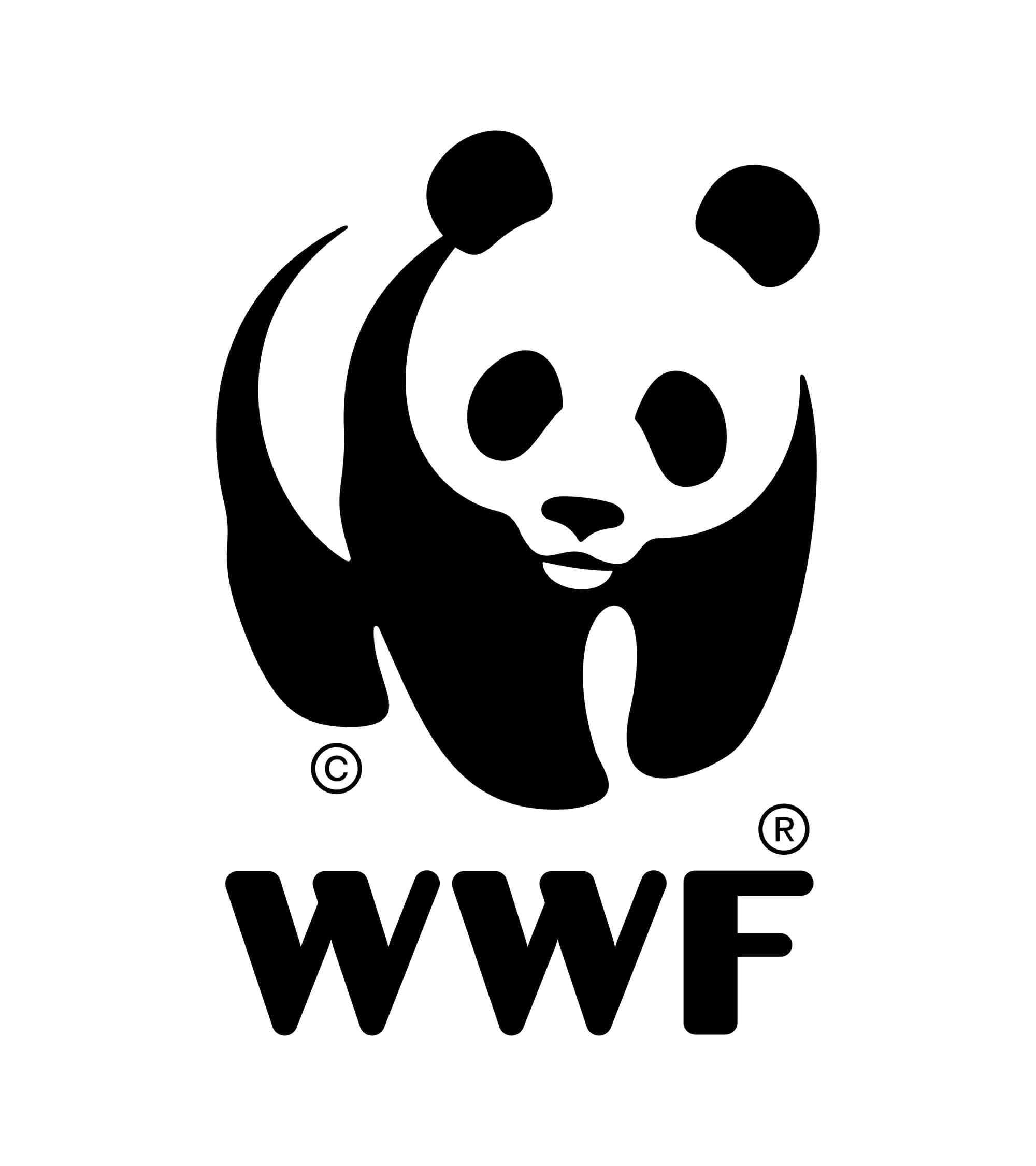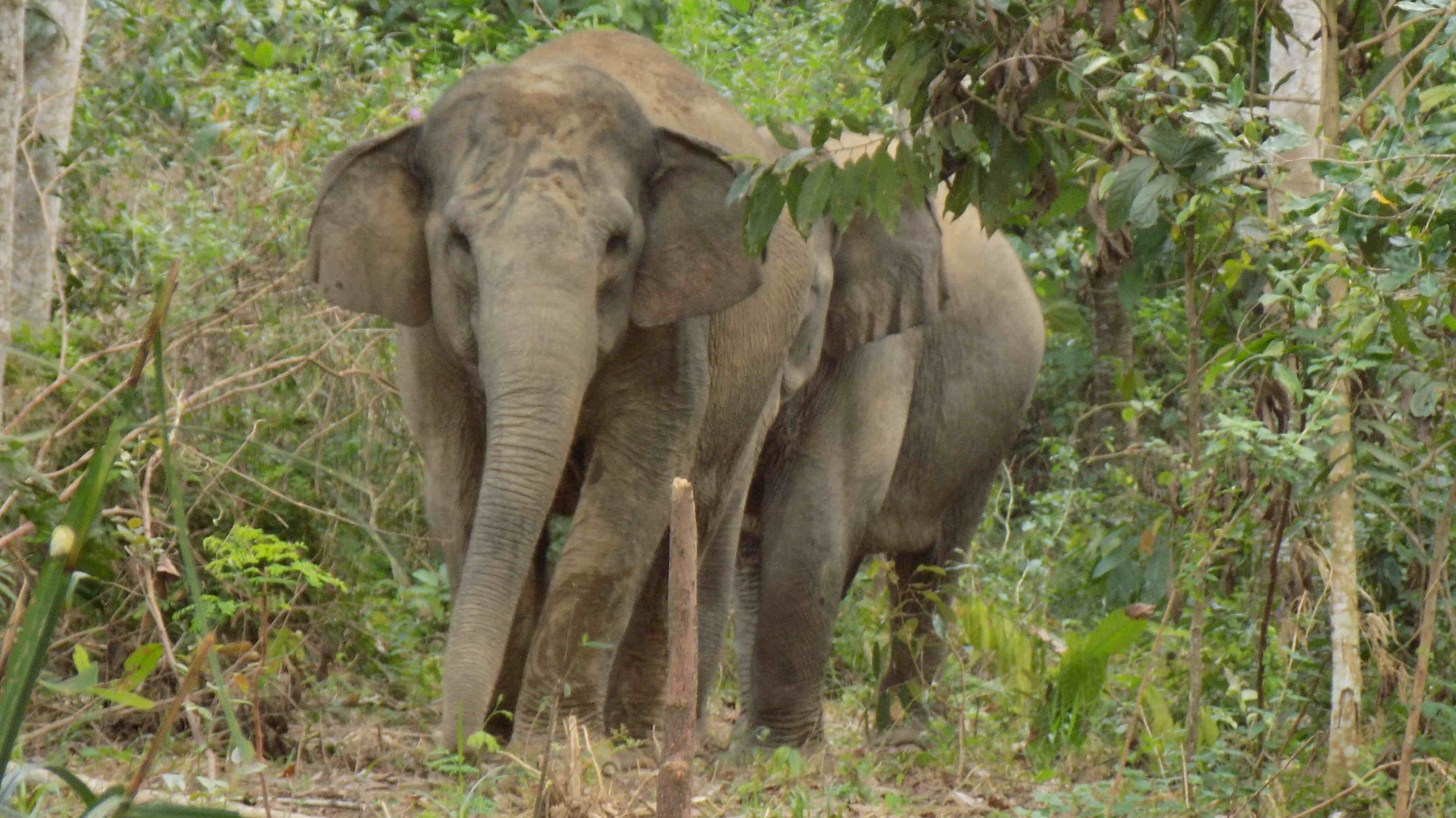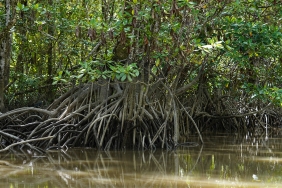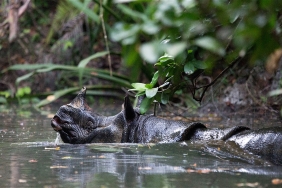FECAL DNA-BASED ELEPHANT SURVEY COMMENCED IN TESSO NILO
By: Sunarto
A survey involving five field teams of five people each (total 25 people), covering Tesso Nilo habitat block simultaneously, has commenced on July 6, 2012. Tesso Nilo is selected to be the survey target as the habitat block is believed to have the highest long-term probability of elephant survival compared to the other habitat blocks in Riau. Each habitat block is also known as a “kantong gajah” or ""elephant pouch"". Indeed, elephant conservation justifies the protection of Tesso Nilo as a national park. Despite the fact that Tesso Nilo is important as one of only few elephant strongholds, the actual number of elephant in this habitat block has never been estimated with rigorous methods.
During the past few years, number of elephants in Tesso Nilo is believed to have dropped drastically due to both habitat loss and killing. Tesso Nilo is suffering from rapid decline in its elephant habitat due to high rate of deforestation and massive scale of encroachment. With a high level of human activities in the area, we can expect a high level of conflict and killings, whether or not the incidences were detected. Such situation represents an immense jeopardy to the elephants that has just recently upgraded to “critically endangered” under IUCN criteria, just one step before they become “extinct in the wild”.
The survey that just commenced represents one of the most intensive elephant surveys in Sumatra ever conducted to date. For each occasion, all team will concurrently spend in the field for around two weeks, followed by a break of ten days. The survey is planned to run for five occasions until November 2012. In total, there will be around 1500 man days of fieldwork, covering Tesso Nilo National Park and the surroundings. The survey aims to collect 500 fecal DNA samples.
Survey team comprises of individuals from five different institutions including the Tesso Nilo National Park management, members of WWF research team, Flying Squad team members, students from local educational institutions (Riau University and Lancang Kuning University), and nature lover group (KSLH). For sure, local people who know the area better, are also recruited as members of survey teams.
To conduct this survey, WWF-Indonesia Riau Program collaborates with Tesso Nilo National Park Management, and Eijkman Institute. Indonesian Institute of Sciences (LIPI) formally supports this survey; and so as the USFWS and WWF Network who provide the funding necessary to run the survey and analysis.
The survey implements solid scientific methods developed by biologists from WWF-Indonesia with assistance and input from experts around the world including Eijkman Institute, WWF US, FZS-SECI, WWF AREAS, WCS, and member/chair of the IUCN elephant specialist group.
Prior to deployment of the team in the field, the team made a rather hustle-bustle preparation for few weeks. The preparation includes developments of survey method, administrative works related to funding and project management, and a series of training events to equip team members with necessary knowledge and skills to appropriately and safely conduct fieldworks. The member of supporting team who also got fully engaged helping to prepare the survey include Barney Long/WWF US and admin staff in WWF ID speed up the administrative process; Sunarto who drafted the scientific methods in consultation with the experts. Wishnu Sukmantoro were in constant contact with personnel in Eijkman Institute, ensures that adequate supports are secured; Samsuardi who tirelessly and with high spirit organized the field team; Anto who prepares equipment. Anggoro and Koko Yulianto prepare survey maps and databases. Of course, the trusted operators of our field vehicle, including Roni Faslah and Ajo Erizal, were tirelessly rolling the wheels of the field vehicles.
This survey aimed at estimating the elephant population using a standardized capture-mark-recapture (CMR) method based on individual identification using fecal DNA. The method requires the team to conduct survey rapidly to avoid “the addition or losses of elephant individual in the population due to birth-death or immigration-emigration during the survey”. Survey also has to ensure that every elephant in the sampling block does have non-zero probability of being sampled.
Following such methods will allow the team to use the framework of closed-population capture-mark-recapture to come up with population estimates. With the occupancy methods, based on the additional data collected during the survey, the team will be able to investigate elephant distribution and habitat preferences.
With the information from elephant DNA, the elephant genetic diversity, and relationship/kinship among individuals will be able to reveal. The team have also planned and agreed with other parties working on elephant study in Sumatra to employ a standardized method of DNA extraction and amplification. Thus allowing results of studies on Sumatran elephants across their range to be integrated and combined for a collaborative island-wide assessment.
This survey will provide a baseline by which conservation success can be measured, as well as contribute to the development for a solid conservation strategy for the critically endangered elephants, to bring them one step further away from extinction.
For brief information regarding this survey, please contact:
Sunarto, Ph.D
Tiger & Elephant Specialist WWF-Indonesia
Email: sunarto@wwf.or.id





